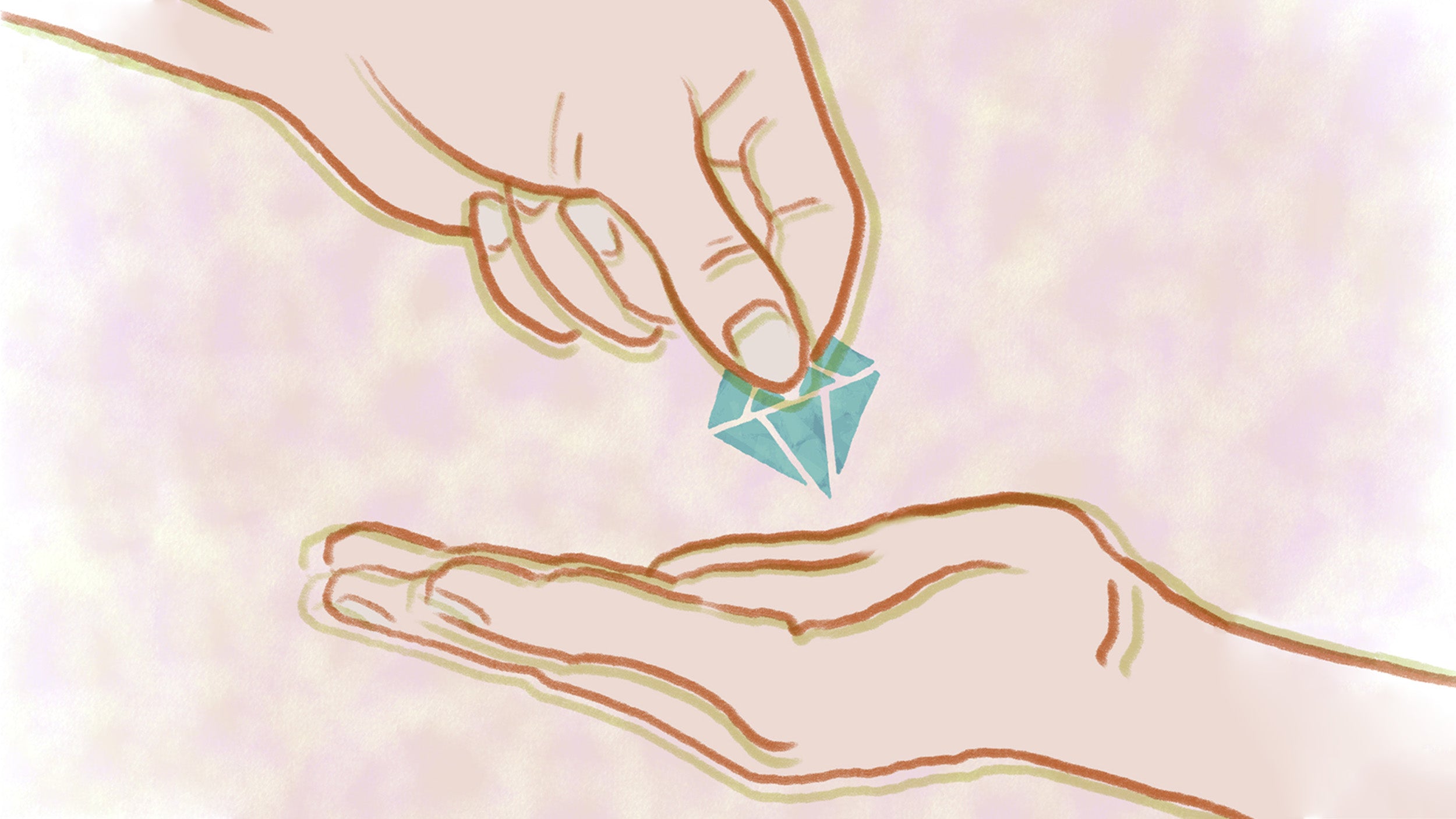In this third and final installment of our in-depth look into The Diamond Industry, we discuss The Kimberley Process.
What is The Kimberley Process?
The Kimberley Process Certification Scheme (KPCS), commonly known as the Kimberley Process, was established in 2003. The Scheme's stated goal is to “ensure that diamond purchases are not financing violent rebel movements and their allies seeking to undermine legitimate governments”.
The KPCS defines conflict diamonds as “rough diamonds used by rebel movements to finance wars against legitimate governments.”
At a quick glance, this definition and goal seems to hit the right points - a verification process to ensure diamonds are not financing rebel movements.
Is this what's happening in reality? Let's dig a little deeper.
A Narrow Definition
The Kimberley Process' definition only applies to rough diamonds, that is, diamonds that have been mined out of the ground. Once rough diamonds are sent to be cut and polished into the finished stones that we most recognise, they're no longer covered by the scheme.
(For an in-depth look into the diamond mining process, read this post.)
This narrow definition by the KPCS means the remainder of the supply chain falls outside the scope of the scheme. To put it another way, the rest of the players in the diamond trade can continue to fund conflicts and violate human rights, with the now cut and polished stones (even this process is riddled with human rights violations, read our post on this topic).
The fact that the original rough diamond has been certified by KPCS gives the illusion and blind confidence for the subsequent participants - including the end consumer, that the entirety of the stone's journey remained conflict-free.
Toothless Tiger
Since its inception, the KPCS has refused to broaden its definition of conflict diamonds. This has made the KPCS powerless to do anything about how that original rough diamond is being used further down the supply chain.
For almost a decade, international non-profit organisations like Amnesty International and Global Witness have been raising serious concerns about the validity of the process itself. Moreover, the Kimberley Process is not a legally binding agreement. This lack of enforcement means there’s no guarantee the diamond you buy isn’t funding violent war efforts.
It also doesn't follow through on its own rulings of suspensions - read here.
Educating ourselves further with this aspect of the industry was another reason AïANA has chosen to work exclusively with lab created diamonds. We know with certainty the origin of our rough diamonds and are confident in our suppliers' cutting, polishing and transport methods as we select each diamond.
What can we do as consumers?
With every piece that you purchase, your jeweller should be transparent about every aspect of their supply chain. This ensures you are purchasing quality diamond jewellery, in all sense of the word. And your current collection of diamond pieces? Treat them with care and love as a way to counteract the tough journey that they represent. Consider it a retrospective healing process.
At AïANA, we pride ourselves on the ability to offer a transparent alternative, so you can make the choice to support a truly sustainable diamond industry.
References:
https://www.theguardian.com/sustainable-business/diamonds-blood-kimberley-process-mines-ethical
https://www.bbc.co.uk/news/10307046
https://en.wikipedia.org/wiki/Kimberley_Process_Certification_Scheme
https://www.globalwitness.org/en/campaigns/conflict-diamonds/kimberley-process/
https://beyond4cs.com/faq/diamond-origins/how-they-are-mined/
